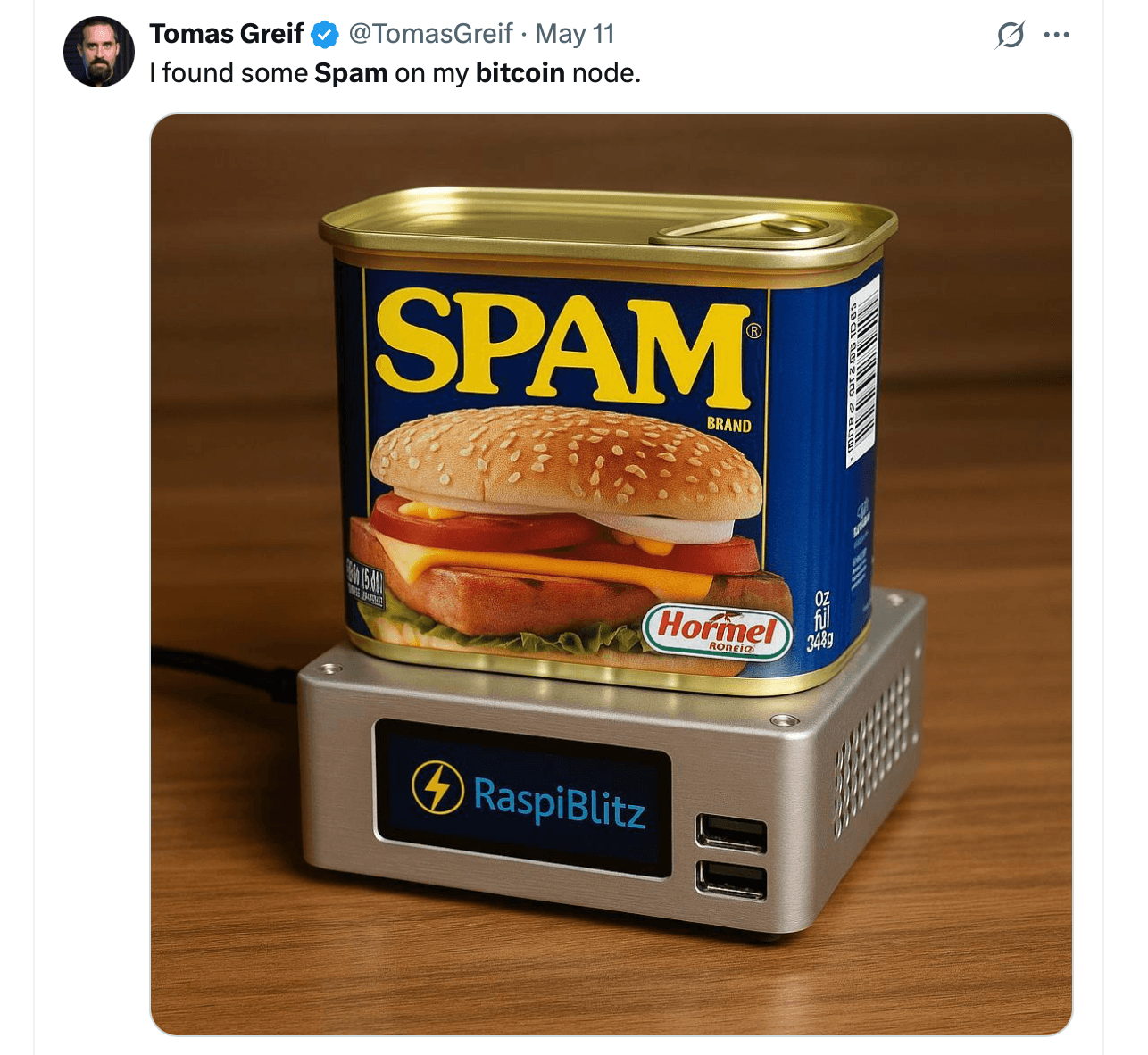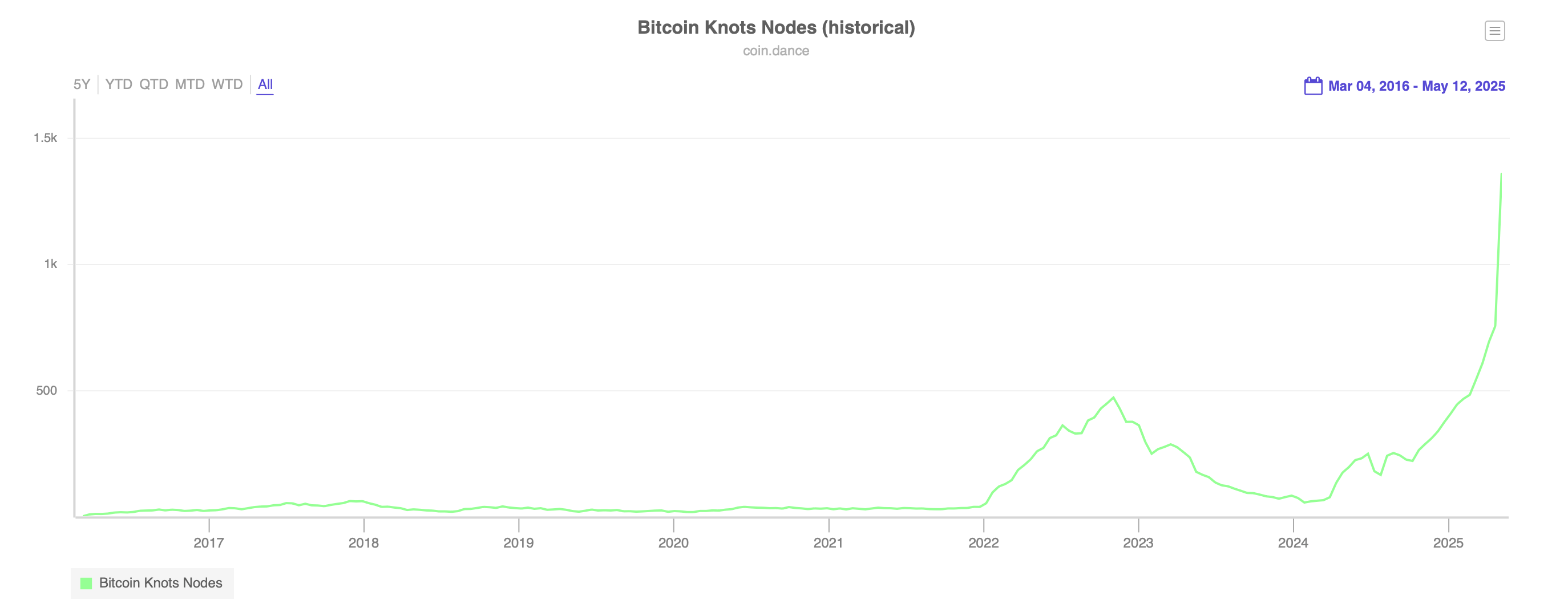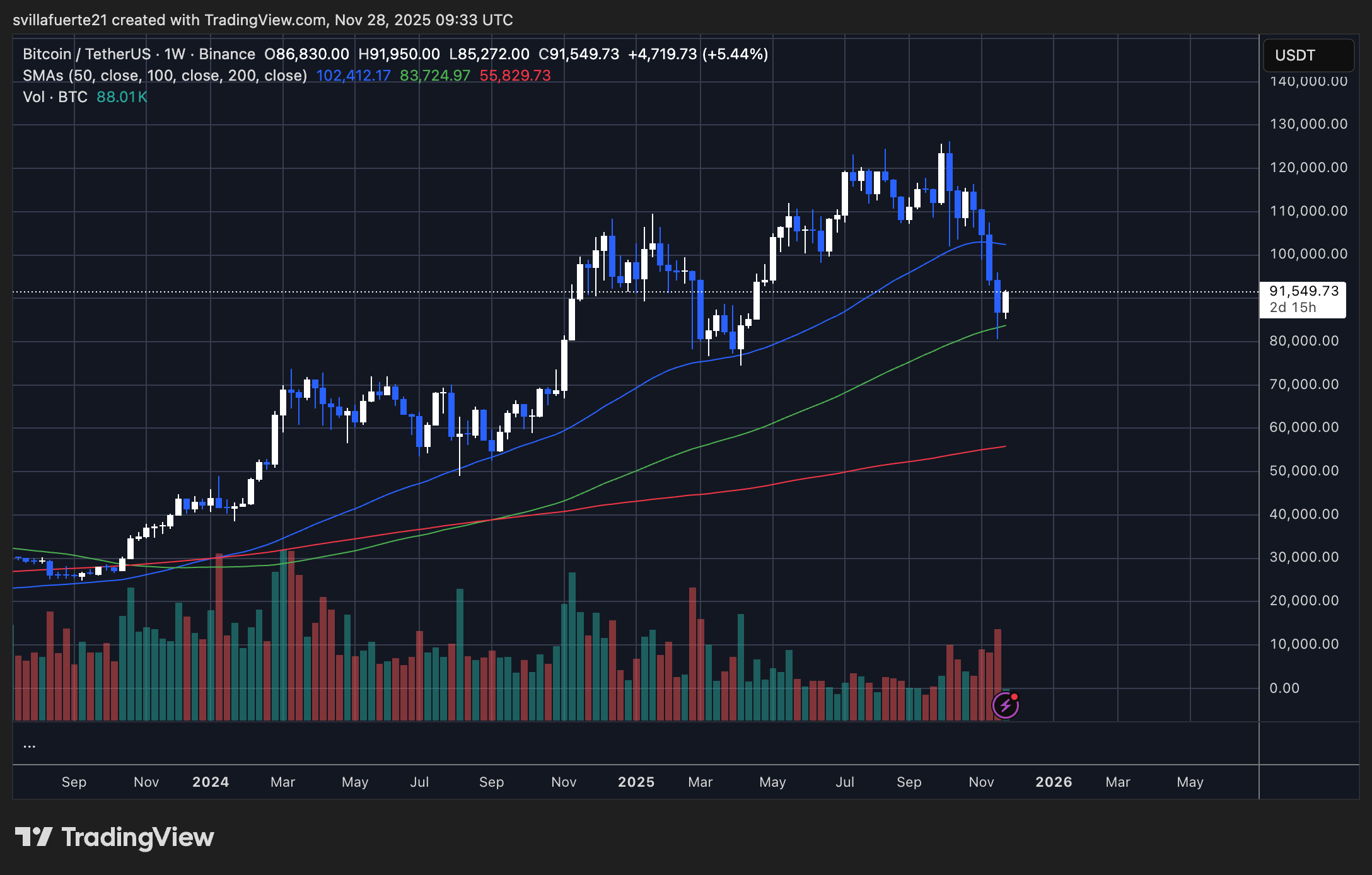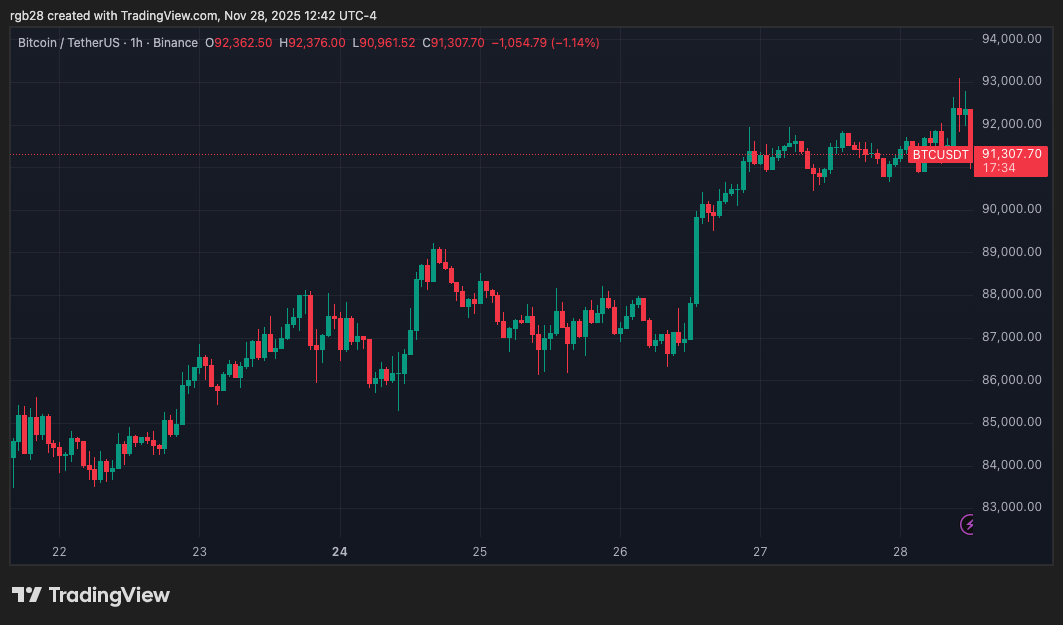Bitcoin’s OP_RETURN: A data-dumping ground or a digital notary? This seemingly trivial script opcode lets users barge into a few precious bytes of messages on the Bitcoin blockchain. It could be thought of as having a digital signature, proof-of-existence, or a sneaky haiku in the ledger. For years, the message was held at less than 80 bytes. Now, a proposal to break that limit is stirring a hornet’s nest. Should Bitcoin strive to be a minimalist payment rail or a voluminous, decentralized data store? These questions force purists and pragmatic people to the extremes in arguing over Bitcoin’s soul.
Understanding OP_RETURN: Bitcoin’s Data Carving Tool
Imagine embedding a secret message in the Bitcoin blockchain. That is the power endowed by the OP_RETURN. Put in Bitcoin Core 0.9.0, this wondrous new opcode allows hitching up to 80 bytes of data to any transaction-incoming text, cryptographic fingerprint, or even protocol flags. The neat part: Contrary to the old ways in which permanent unspent transaction outputs clogged the blockchain, an OP_RETURN output is meant to be provably unspendable. This gives Bitcoin nodes the means to efficiently throw them out and keep the blockchain lean, while at the same time allowing a verifiable, permanent record to be left behind. It’s like whispering into the digital ether, leaving a trace only for those who know where to listen.
Beyond payments, the OP_RETURN aims at unlocking a deep world view. Suppose you need to stamp digital ownership, send some metadata out to layer-two highways, or even incinerate coins as an operation away. Counterparty took the first slightly wry path, using the OP_RETURN to insert data into Bitcoin transactions, forming digital assets, and trading in a decentralized way atop the blockchain. Nowadays, Citrea goes a few steps further to inscribe zero-knowledge proofs on the chain with OP_RETURN, while others place simple agreements straight into the transactions. Consider it a clandestine GPS disguised as a message board from Bitcoin that supports evolution way beyond simple coin transfers.

Here came a very curious constraint in 2014: the 80-byte limit on OP_RETURN. This container of tinier-than-criticism messages was seemingly put in place to prevent the blockchain from becoming some sort of colossal data dump. Think of it as a gentle nudge suggesting blocks stick to their financial knitting. Eighty bytes–barely enough room for two bitcoin addresses just shy of each other–yet OP_RETURN stubbornly persists. It’s low-key rebellious-an official-method transaction type that assures that your packets of data get to hitch a ride across the network, propagated far and wide by nodes.
OP_RETURN is a battleground within the Bitcoin community. Is it a neat loophole to extend the utility of Bitcoin, or rather a deadly distraction from the fundamental purpose of digital cash? For critics, any injection of data, no matter how trivial, is anathema; while for innovators, it is merely a playground with some rules. It is for some a pragmatic method of opening possibilities around it; to others, it blatantly means “network bloat.”
Also Read: OP_RETURN Conflict: Ocean Mining Accuses Core Developers of Colluding to Fill Bitcoin With ‘Spam’
The Debate Over Retiring the 80-Byte Limit
The data landscape of Bitcoin is about to be changed. Think of it: The 80-byte limit imposed by OP_RETURN has been breached. The next Bitcoin Core release can really open a floodgate of data into the blockchain. We are talking about richer metadata, more complex smart contracts, and a universe of possibilities. But this is not yet a done deal. That contest as to what OP_RETURN was meant for has been going on for years. On May 12, 2025, the gates still remain shut. No code has been merged. The future of Bitcoin’s data capacity hangs on the precipice awaiting a verdict: Will it be a trickle or a tsunami? The community decides.
Why Remove the Cap?
The critics would say that the original limit is now outdated. Mining pools and inscription services were quick in accommodating the new taproot inscriptions and were, in paradoxical fashion, bloating the UTXO set that OP_RETURN itself sought to solve!
Unlocking such a restriction, proponents say, pours an inefficiency bottle into the lightning-fast Bitcoin transactions, slow down the creation process, complicating fee prediction, and bringing network rules in line with mining realities. As one of the sarcastic remarks made by a Bitcoin Core developer, forbidding OP_RETURN only creates unfair punishment for the network by forcing the same data through crude and more expensive “fake address” workarounds.

Critics’ Concerns
The brewing storm over Bitcoin data storage is a metaphor. Some advocate newer technologies relying upon greater data embed size, while there is fiery opposition composed mainly of node operators and developer actors. They suggest that a Pandora’s Box will be opened, whereby large blocks would become commonplace, choked with irrelevant data, increasing user costs unfairly while providing power to almost few selective mining pools.
“This isn’t progress, it’s paving a highway for spam,” one insider cautioned.
In these circles, some insist that the actual-world impact is doubtful. “Who’s actually clamoring for this?” is the question posed, with reference to the limited adoption of OP_RETURN even if one ignores size limitations.
The governance shadow looms. Rumors of a fast-tracked proposal and an erosion of community trust cause a fire to be lit. What once was a technical discussion is now a battle for the very soul of Bitcoin.

Bitcoin Knots nodes have seen a massive increase since this debate started.
Are you tired of Bitcoin blockchain bloat? During the OP_RETURN spat, node operators tended to gravitate more toward Bitcoin Knots than Core. Why? Because Knots lets users actually fight spam by enforcing more strict policies, like blocking OP_RETURN inscriptions–transactions some consider wasteful blockchain clutter. Coin Dance identified this major differentiator.
A Policy, Not a Consensus Change
Sanctioned by the Bitcoin Core, the relay rules for transactions have just been tweaked, but oh! The core consensus, it was left untouched. It’s similar to trimming overgrown hedges instead of tearing down the house. Bitcoin Knots and other nodes are still able to place their own stricter limits on OP_RETURN data. Blocks beyond the old limits? Are still valid. The real aim? To ditch the ugly hack, not to transform Bitcoin into a free-for-all data dump. Will it work? Only time can tell.
Navigating Bitcoin’s Future
Bitcoin’s OP_RETURN debate is not merely about matters of code; it is truly a tug-of-war for the very soul of the network. Innovation clashes with tradition; individual freedom wrestles with public interest, along the cool reasoning lines of blockchain. Raising the limit on OP_RETURN will certainly help ease the clogging of the system and align node-miner incentives; however, it also casts an existential question: How far is Bitcoin willing to go on a path embracing novelty?
Bitcoin’s fate lies upon its fee market. Would the fee retain its power as the ultimate traffic controller through user bidding for block space? In this online auction, demand dictates the price. Ichborn fears the congestion and higher fees. Others say it is a self-regulating system that steers against spamming. This debate divides the Bitcoin community but also sets the stage for a better view of the future of decentralized finance.
Thanks for reading Decoding OP_RETURN in Bitcoin and What’s the Big Deal?



